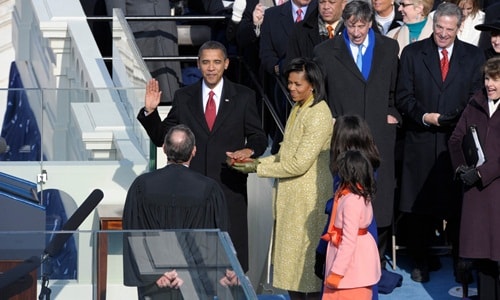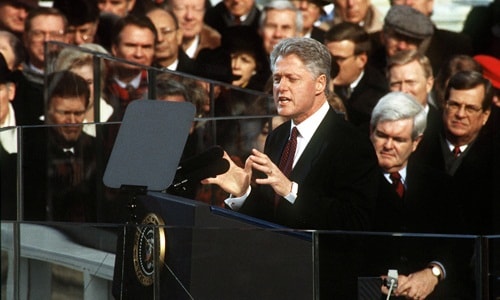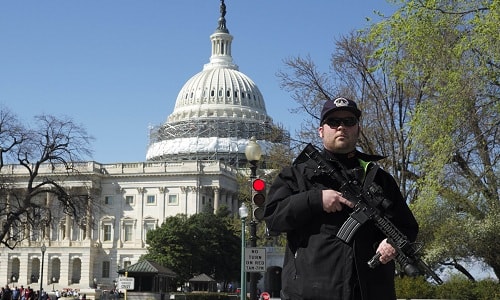The US President's hundred million dollar inauguration
The US presidential inauguration, which takes place every four years, can cost hundreds of millions of dollars, but the benefits it brings are also enormous.
 |
| US President Barack Obama at his inauguration ceremony in 2009. Photo: Washington Post |
The peaceful transfer of power between US presidents is a huge expense. According to the Washington Post, the inauguration of US President-elect Donald Trump this year, taking place on January 20, will cost between $175 million and $200 million, including official banquets and dinners, concerts, the swearing-in ceremony at the Capitol, the parade, the ball and security costs. Of this, $70 million will come from private donors campaigned by Mr. Trump, the rest will come from the government budget.
The US presidential inauguration takes place every four years and has always attracted criticism from critics who say it is too wasteful. However, the cost of organizing US presidential inaugurations for both Republicans and Democrats has been roughly the same, after adjusting for inflation, according to Washington Post columnist Roxanne Roberts.
The two entities that foot the bill are the Presidential Inaugural Committee and the federal government.
 |
| US President Bill Clinton delivered his inaugural speech in 1997. Photo: AFIC |
The committee is responsible for all aspects of the inauguration. Major events include a candlelight dinner with the president and vice president-elect, a lunch with Cabinet nominees, a concert, and an inaugural ball.
Registered lobbyists are not allowed to donate money to the inauguration, but organizations and businesses can donate up to $1 million, according to Boris Epshteyn, a spokesman for Trump's Presidential Inaugural Committee. Individuals are not limited in how much they can donate, but names of donors who donate more than $200 must be sent to the Federal Election Commission 90 days after the inauguration. Any excess money will be used for charity.
In 2009, President Barack Obama's committee raised a record $53 million despite refusing to accept money from lobbyists, corporations, or political action committees, and limiting individual donations to $50,000. By 2013, after the most expensive presidential campaign in U.S. history, Obama's committee raised $44 million and allowed individuals and organizations to give gifts with a $250,000 limit.
The amount of money that US presidents-elect have raised for their inaugurations has not been much different after adjusting for inflation. President George W. Bush's supporters contributed about $40 million and $42 million for his inaugurations in 2001 and 2005, respectively. President Bill Clinton's inaugural committee raised $33 million in 1993 and $30 million in 1997. Meanwhile, President George H.W. Bush raised $30 million in 1989.
 |
| The US Capitol building, where US President-elect Donald Trump will take the oath of office and deliver his inaugural address. Photo: International Business |
The January 20 swearing-in ceremony, which is run by the Joint Congressional Committee on Inaugural Ceremonies, cost over $1 million and was paid for by the federal government. The money was used primarily to build a grand stage on the west side of the Capitol building and to host a luncheon for the new president and vice president. (Tickets for outdoor events are mostly distributed by members of the Senate and House of Representatives, often to voters.)
Security, transportation, emergency and cleanup are the most expensive parts. The federal government spent $115 million and $124 million on these in 2005 and 2009, respectively. This year, the cost of security for Trump’s inauguration alone has reached $100 million, according to the New York Times.
However, according to experts, despite the high costs, the profits that presidential inaugurations bring to the local economy are huge. This year's inauguration of Mr. Trump is estimated to bring in hundreds of millions of dollars to Washington DC.
According to VNE
| RELATED NEWS |
|---|
